Waist trainers have taken the fitness and beauty world by storm in recent years. From social media influencers to celebrities, everyone seems to be squeezing into one in hopes of achieving a snatched waistline and hourglass figure. But as more people jump on the waist-training trend, a common and practical question arises: Can you eat with a waist trainer on?
This blog dives deep into the effects of wearing a waist trainer while eating, what health experts suggest, and how to use waist trainers safely without messing with your digestive system. Let's break it all down.
What Is a Waist Trainer?
Before we tackle the main question, let's start with the basics.
A waist trainer is a compression garment designed to cinch the waist and create a slimmer appearance. Often made from thick elastic fabric with steel boning or hooks, waist trainers are meant to shape the body over time when worn consistently. They come in various styles—some are intended for workouts, while others are for everyday wear or even sleeping.
People wear waist trainers for different reasons:
- To enhance curves during workouts
- To improve posture by providing back support
- To create the illusion of a smaller waistline under clothing
- As part of post-pregnancy recovery to support abdominal muscles
However, while waist trainers may help you look more toned temporarily, they don't melt fat or permanently reshape your body. And when it comes to wearing them during meals, that's when things can get tricky.
So, Can You Eat While Wearing a Waist Trainer?
Technically, yes—you can eat while wearing a waist trainer. But the better question is: Should you?
Here's what actually happens when you eat while your midsection is tightly compressed by a waist trainer:
Reduced Stomach Capacity
Waist trainers apply pressure on your abdominal area, including your stomach. This compression limits how much your stomach can expand when you eat. As a result, you might feel full sooner—but that's not always a good thing. Eating less because of external pressure rather than natural hunger cues can lead to discomfort and poor digestion.
Digestive Discomfort
Wearing a waist trainer during meals may cause symptoms like:
- Bloating
- Heartburn
- Acid reflux
- Nausea
These happen because your digestive system is essentially being "squeezed" making it harder for food to move through your stomach and intestines naturally.
Potential Long-Term Risks
Long-term and excessive use of waist trainers—especially while eating—can have more serious consequences:
- Interference with normal organ function
- Increased risk of gastroesophageal reflux disease (GERD)
- Weakening of core muscles due to over-reliance on external support
So, while the idea of "eating less with a waist trainer" might sound like a weight-loss hack, the reality is that it can backfire in terms of health and comfort.
Why Experts Recommend Removing Your Waist Trainer Before Meals
Most fitness and health professionals advise taking off your waist trainer before eating, and here's why:
Improved Digestion
Without external pressure, your digestive organs can function normally. Your stomach can expand as needed, and your body can properly break down food.
Better Awareness of Fullness
Eating without a waist trainer allows you to listen to your body's natural signals. You'll be able to tell when you're truly full rather than feeling prematurely bloated from pressure.
Reduced Risk of Discomfort
You'll be less likely to experience gas, cramps, and acid reflux after meals. Plus, sitting down and relaxing during a meal will feel a lot more comfortable.
Are There Any Exceptions?
Of course, everybody is different. Some people may tolerate light compression during meals, especially if the waist trainer isn't super tight or if the meal is small. For instance:
- A snack or smoothie might not cause any discomfort
- Low-compression shapewear (not true waist trainers) may not interfere with digestion
- Some may feel fine during short-term use or occasional wear
But remember: just because you can doesn't mean you should. Always listen to your body. If you feel bloated, short of breath, or nauseous, that's your cue to loosen up or remove the waist trainer altogether.
How to Safely Combine Waist Training with Eating
If you're committed to using a waist trainer, here are some tips to help you avoid issues during mealtimes:
Time It Right
Avoid wearing your waist trainer 30 minutes before and after meals to give your body space to digest. You can wear it again later if needed.
Eat Smaller, More Frequent Meals
Instead of three large meals, opt for smaller portions throughout the day. This puts less strain on your stomach if you're wearing a trainer.
Stay Hydrated
Drinking enough water is essential for digestion—and hydration can also help curb unnecessary snacking.
Choose Easy-to-Digest Foods
Avoid greasy, heavy meals when wearing a waist trainer. Instead, go for:
- Light proteins
- Cooked vegetables
- Whole grains
- Smoothies and soups
These foods are easier on your system and less likely to cause discomfort.
Final Thoughts: Beauty Should Never Hurt
To wrap it all up: Yes, you can eat while wearing a waist trainer, but it's usually not a good idea. The temporary visual benefit isn't worth the digestive discomfort or potential health risks.
Waist trainers can be part of a body-shaping or fitness journey, but they shouldn't replace balanced eating, mindful habits, or regular exercise. If you do choose to use one, do so with caution—and definitely give yourself a break at mealtimes.
Your body deserves kindness, not constant pressure. Let it breathe, digest, and function the way it's supposed to. After all, a healthy body is the foundation of any beauty goal.


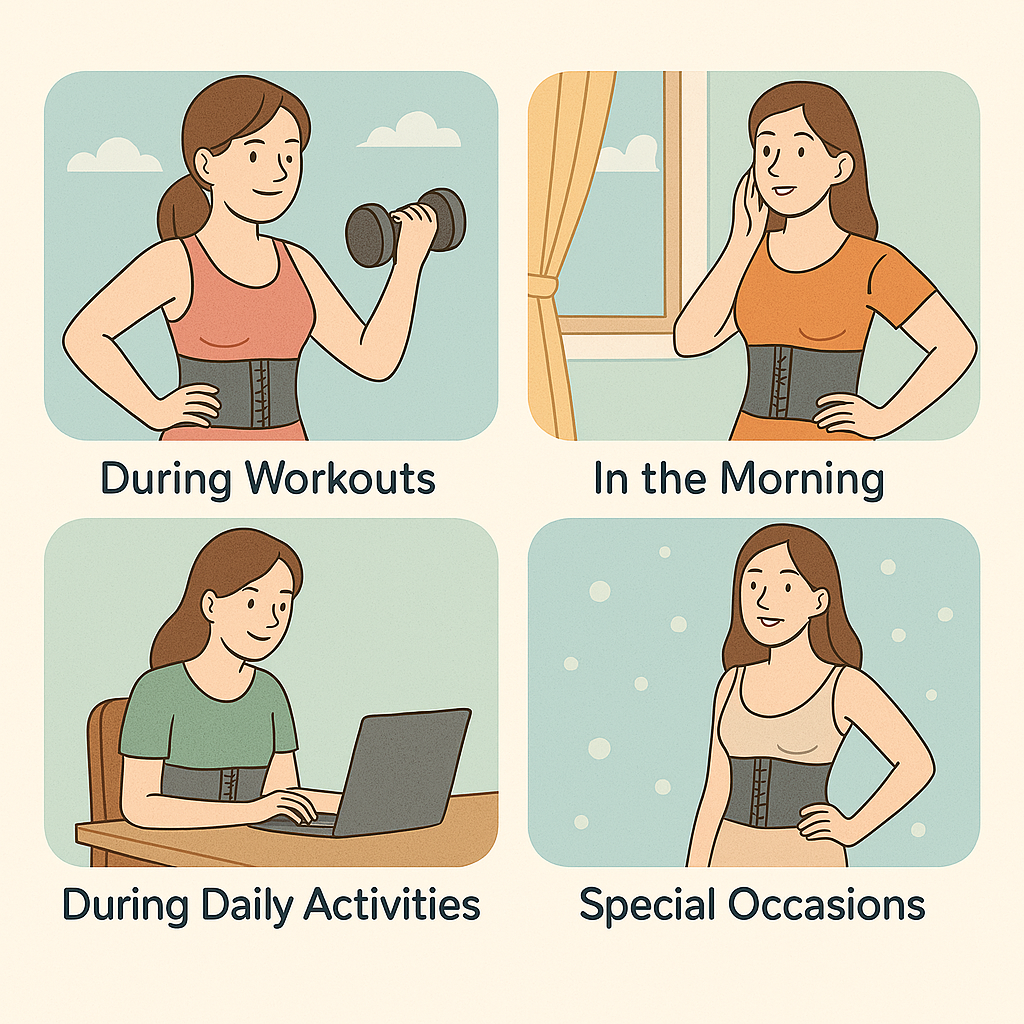
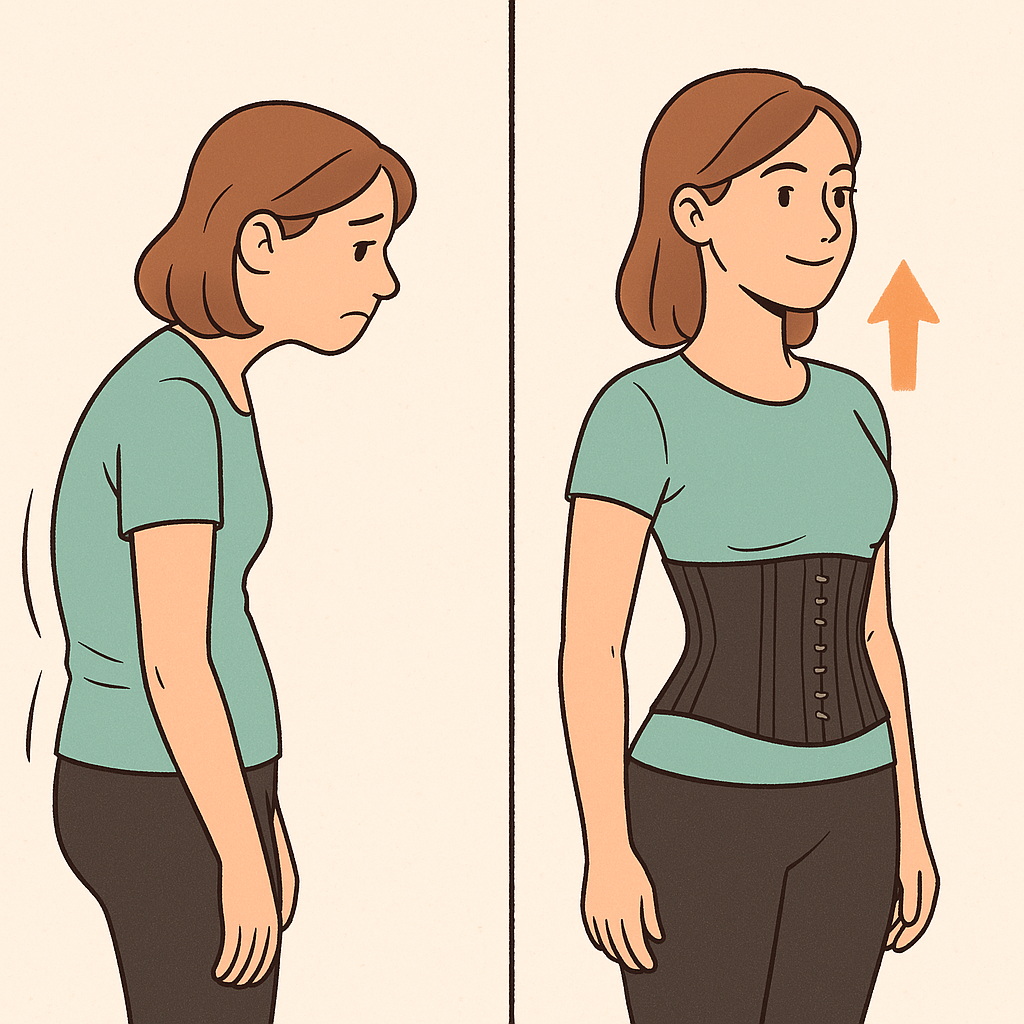
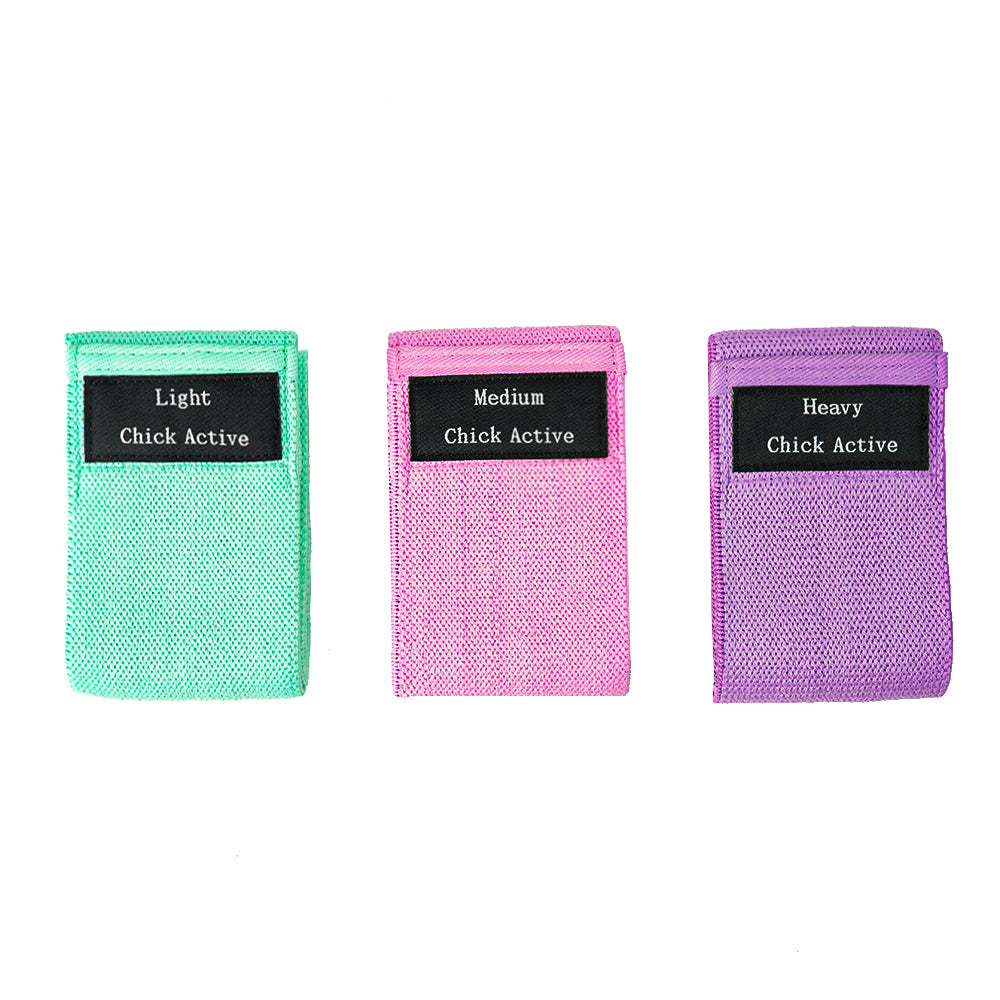
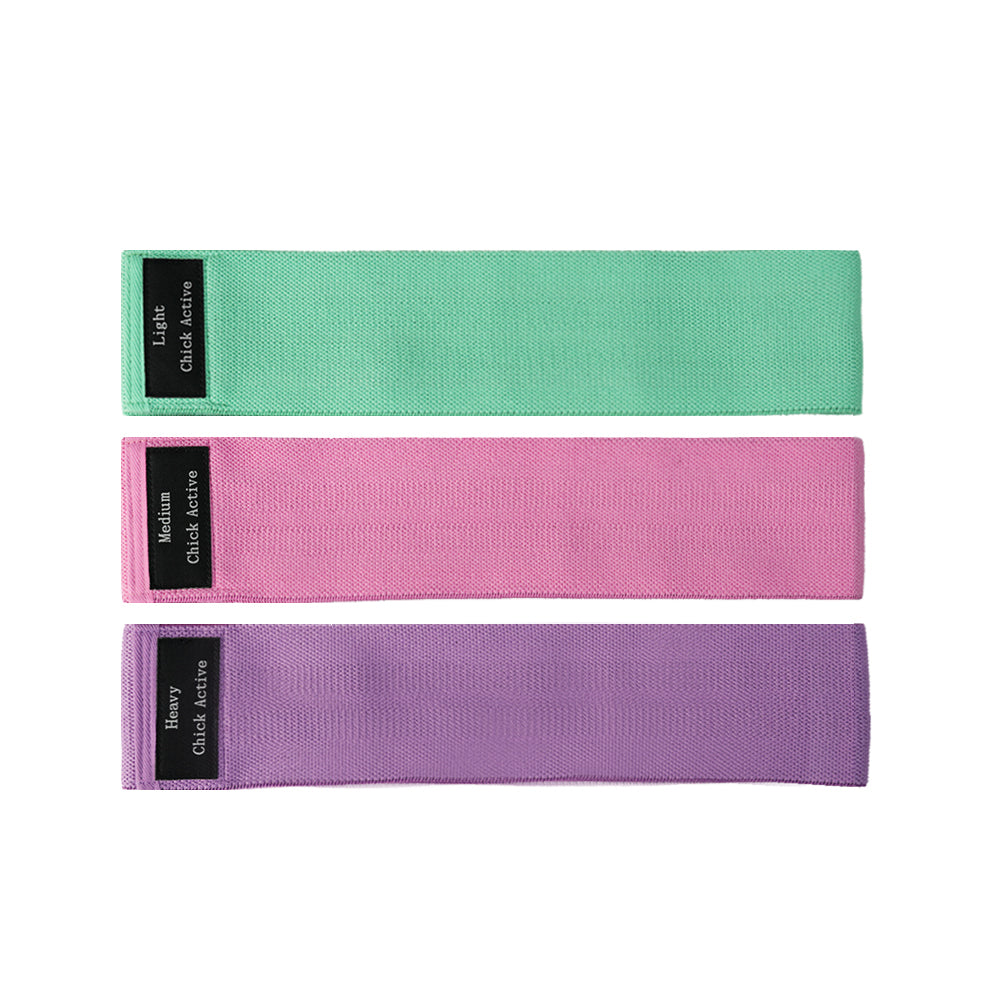


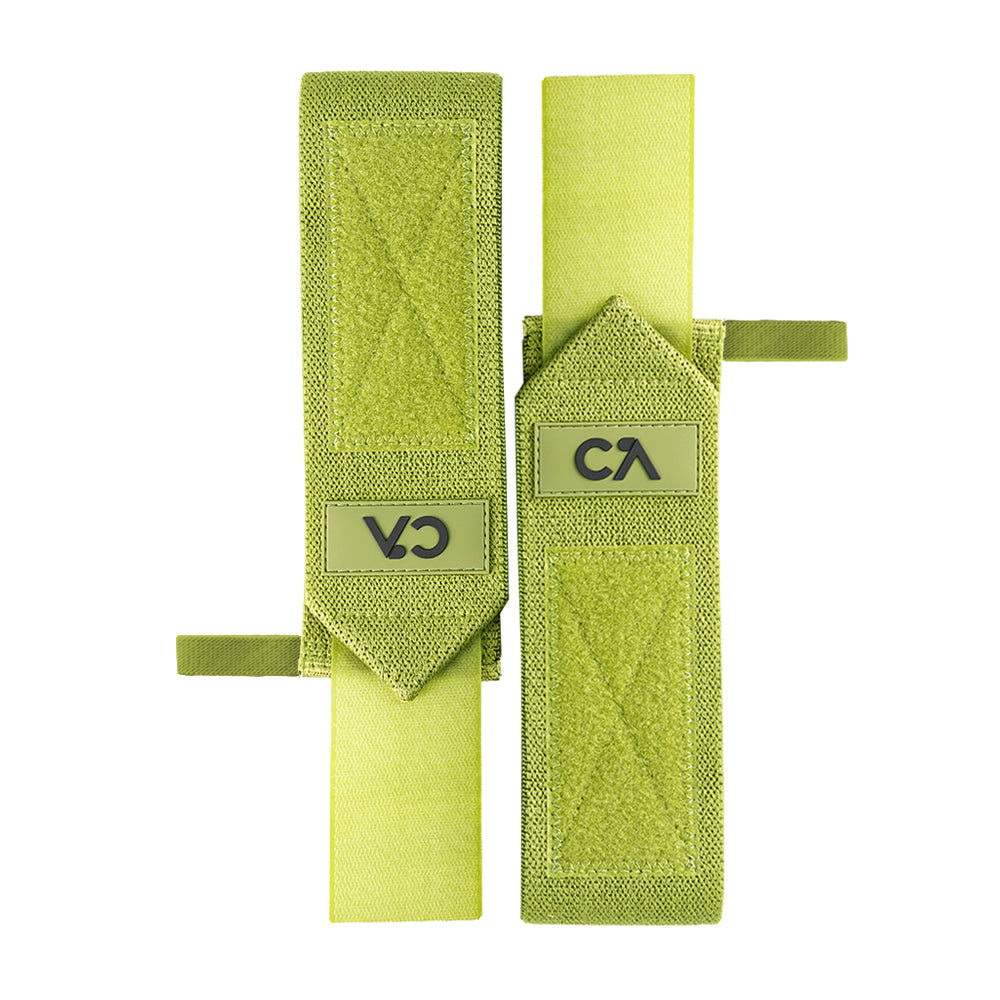
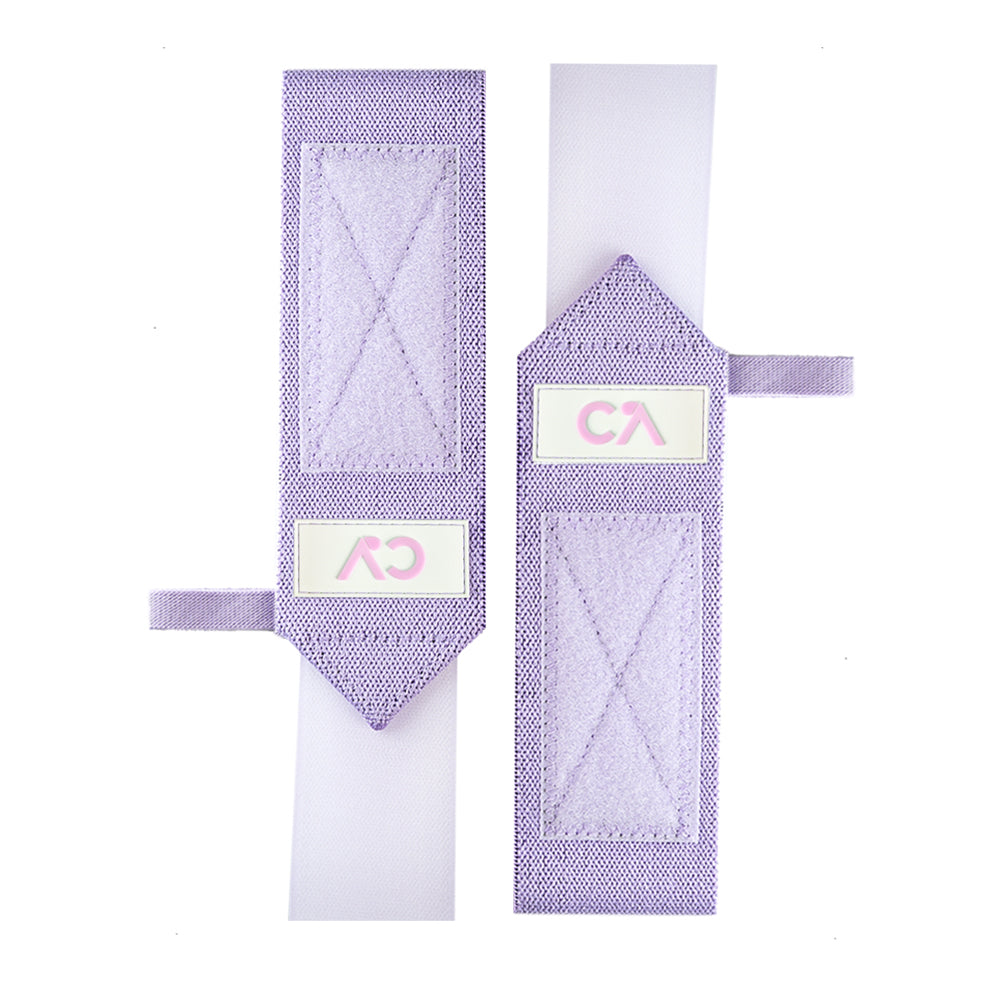
Leave a comment
All comments are moderated before being published.
This site is protected by hCaptcha and the hCaptcha Privacy Policy and Terms of Service apply.